Archives
- 2025-11
- 2025-10
- 2025-09
- 2025-03
- 2025-02
- 2025-01
- 2024-12
- 2024-11
- 2024-10
- 2024-09
- 2024-08
- 2024-07
- 2024-06
- 2024-05
- 2024-04
- 2024-03
- 2024-02
- 2024-01
- 2023-12
- 2023-11
- 2023-10
- 2023-09
- 2023-08
- 2023-07
- 2023-06
- 2023-05
- 2023-04
- 2023-03
- 2023-02
- 2023-01
- 2022-12
- 2022-11
- 2022-10
- 2022-09
- 2022-08
- 2022-07
- 2022-06
- 2022-05
- 2022-04
- 2022-03
- 2022-02
- 2022-01
- 2021-12
- 2021-11
- 2021-10
- 2021-09
- 2021-08
- 2021-07
- 2021-06
- 2021-05
- 2021-04
- 2021-03
- 2021-02
- 2021-01
- 2020-12
- 2020-11
- 2020-10
- 2020-09
- 2020-08
- 2020-07
- 2020-06
- 2020-05
- 2020-04
- 2020-03
- 2020-02
- 2020-01
- 2019-12
- 2019-11
- 2019-10
- 2019-09
- 2019-08
- 2019-07
- 2019-06
- 2019-05
- 2019-04
- 2018-11
- 2018-10
- 2018-07
-
Dormancy is a physiological state when viable seeds do not
2021-12-16
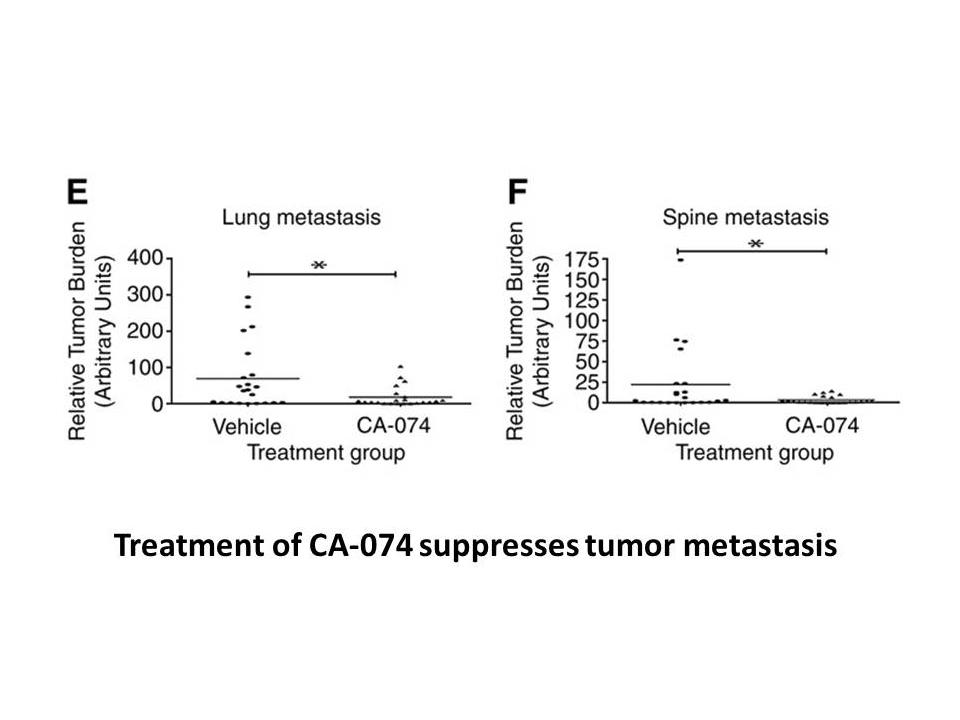
Dormancy is a physiological state when viable seeds do not germinate. Seed stratification, a commonly used technique, is used for dormancy removal and can be performed in moisture for an experimentally revealed time at warm or cold temperatures. All conditions depends on plant species (Dębska et al.
-
br Regulation of Glu transporters The pivotal role
2021-12-16
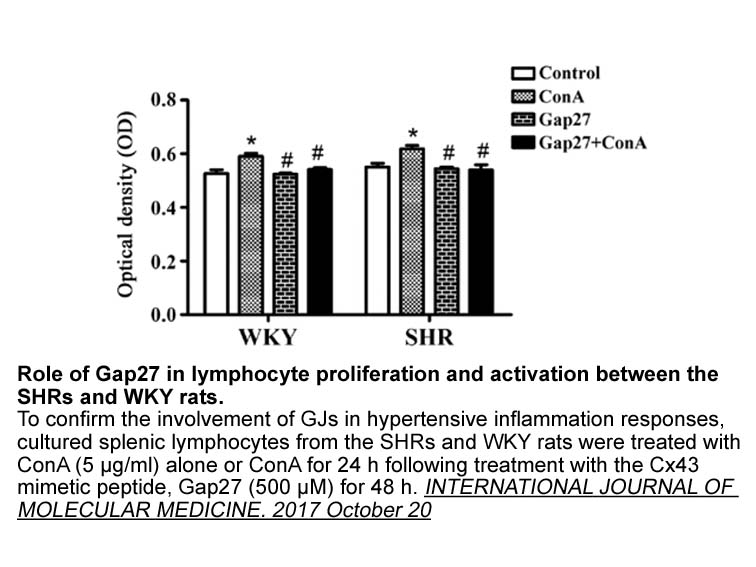
Regulation of Glu transporters The pivotal role of Glu transporters in the fine tuning and turnover of this excitatory amino SCH772984 australia calls for a detailed characterization of its regulation. Several general mechanisms that modify Glu uptake activity have been described. These include
-
There are also data showing
2021-12-16
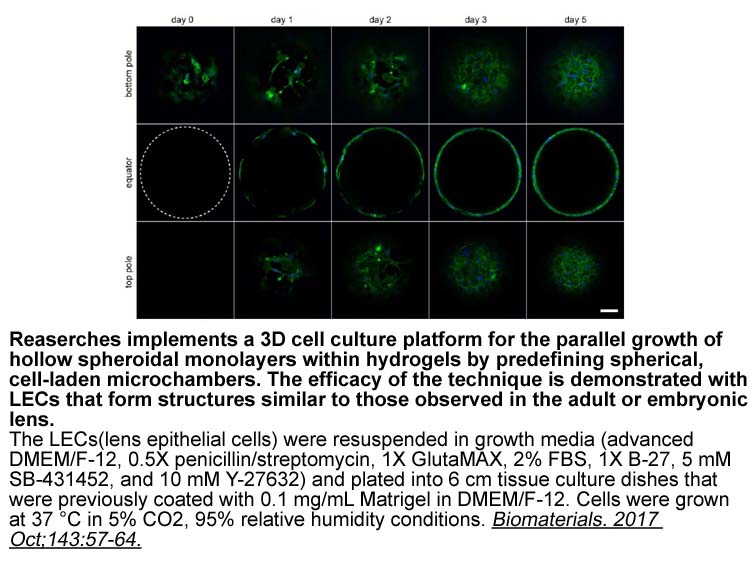
There are also data showing potential beneficial effects of SGLT2i on non-alcoholic fatty liver disease (NAFLD) [[14], [15], [16], [17]], a hepatic manifestation of the metabolic syndrome that has been linked to type 2 diabetes mellitus (T2DM) development and increased cardiovascular (CV) as well as
-
br Introduction The growth hormone secretagogue
2021-12-16
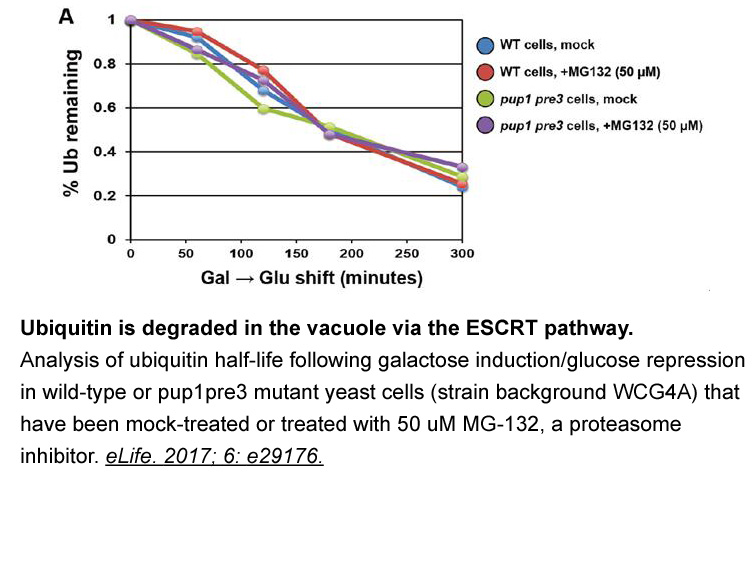
Introduction The growth hormone secretagogue receptor (GHSR) gene, which was first isolated from rats and humans (Kojima et al., 1999), comprises two exons and one intron in mammals and chicken. The pig GHSR is located on chromosome 13 (range 110,981,465–111,006,149 on Reference Sscrofa11.1). Alt
-
Fig a and b illustrates a slow inhibition
2021-12-16
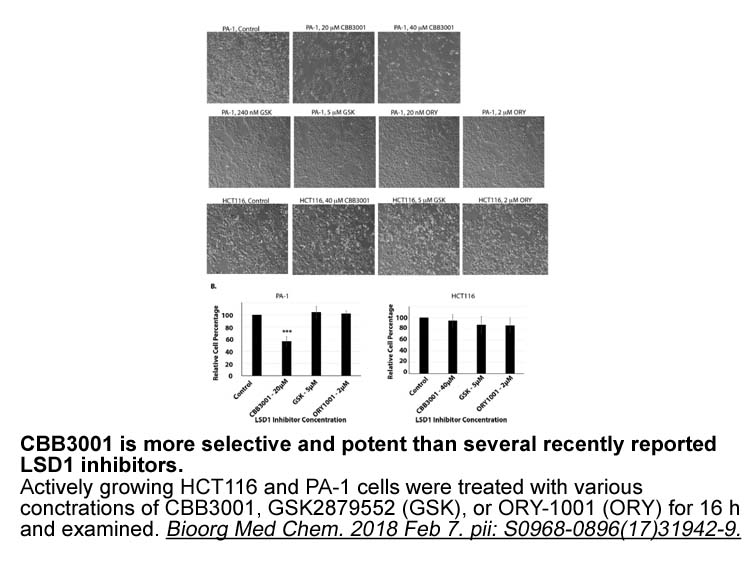
Fig. 3a and b illustrates a slow inhibition by PMA in 2 μM Ca2+. Moreover, channel inhibition was reversed by addition of PKC19–31, a peptide inhibitor specific for PKC, as shown in Fig. 3c. In three experiments, Im was reduced to 14.5±0.6% of the control value by PMA to increase to 207.6±73.6% by a
-
Moreover the ubiquitous expression of
2021-12-16
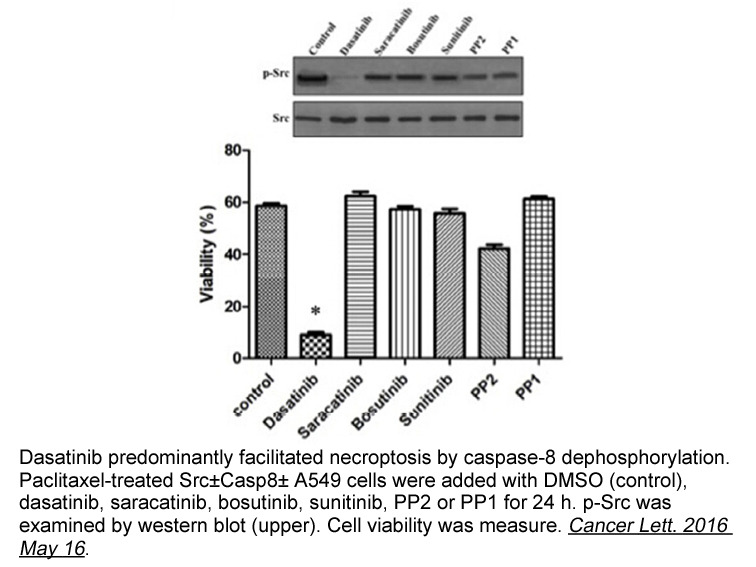
Moreover, the ubiquitous Prochlorperazine of the OTR and GHSR was also observed in hippocampal and hypothalamic primary culture, indicating that this expression pattern is likely due to basal activity of these receptors. GPCR trafficking under control conditions has been linked to biased signalling
-
br GSMs Secretase cleavage of APP generates a
2021-12-16
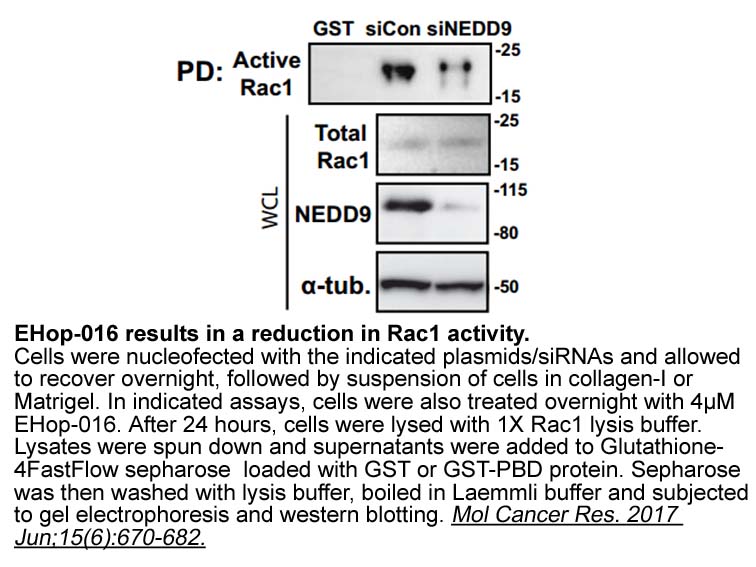
GSMs γ-Secretase cleavage of APP generates a number of Aβ peptides [32], [137]. In most cells Aβ1–37, 38, 39, and 42 are produced at low levels (typically each represents 5–20% of total Aβ detected) and the major species generated is Aβ1–40 (typically over 50% of total Aβ). Other Aβ peptides can
-
Several other assay parameters were also
2021-12-15
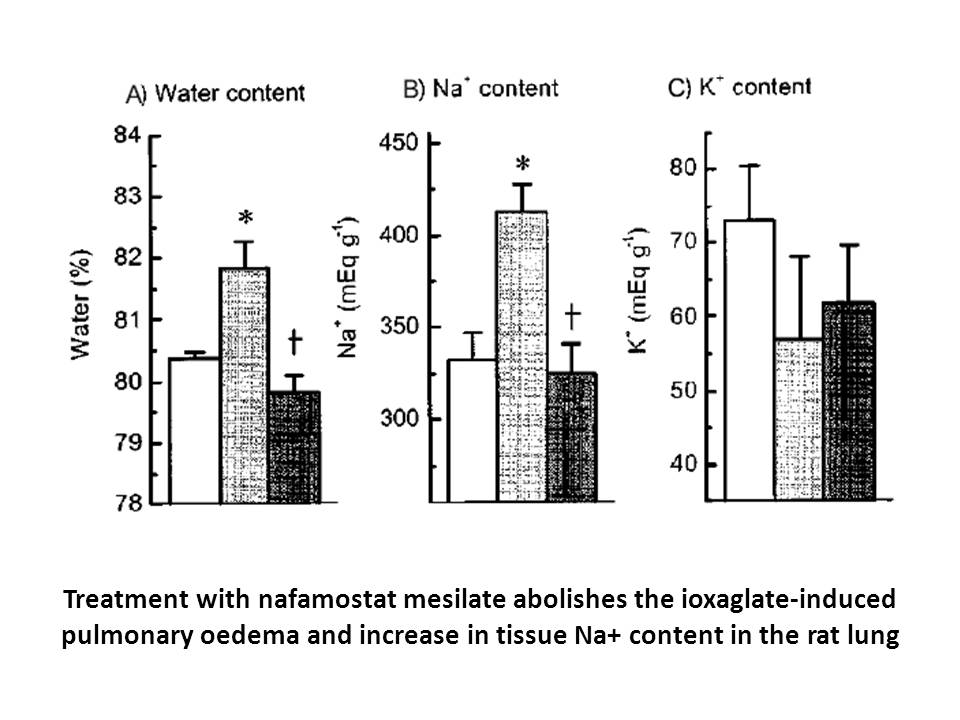
Several other assay parameters were also explored. First, the thermal dependence of the assay was investigated by measuring the specific activity at different temperatures (Fig. 7). That data show that enzymatic activity increases with increasing temperature. Interestingly, the observed rate increas
-
The anti platelet functions of ZGR were confirmed by the
2021-12-15
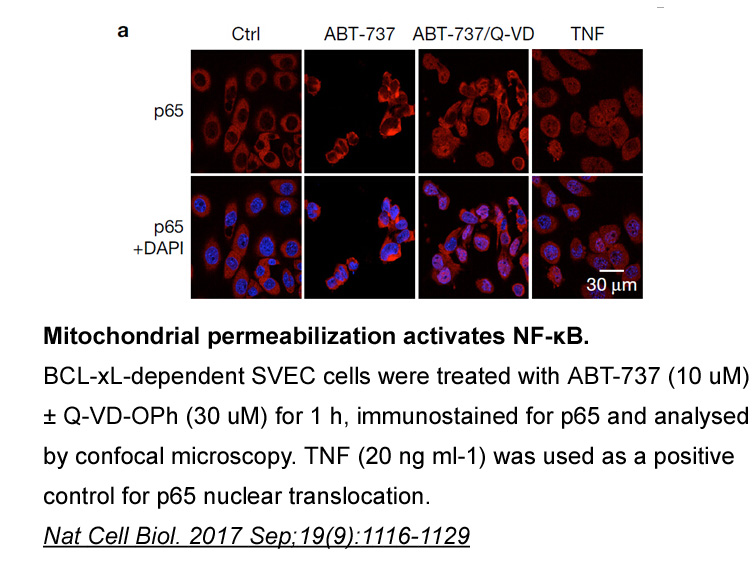
The anti-platelet functions of ZGR were confirmed by the mechanistic studies such as the activation of PKC, intracellular Ca2+ mobilization, and the expressions of P-selectin and PAC-1. Further, rivaroxaban prolonged the generation of thrombin and reduced the thrombin burst produced in the propagati
-
It should be noted that one of the two
2021-12-15
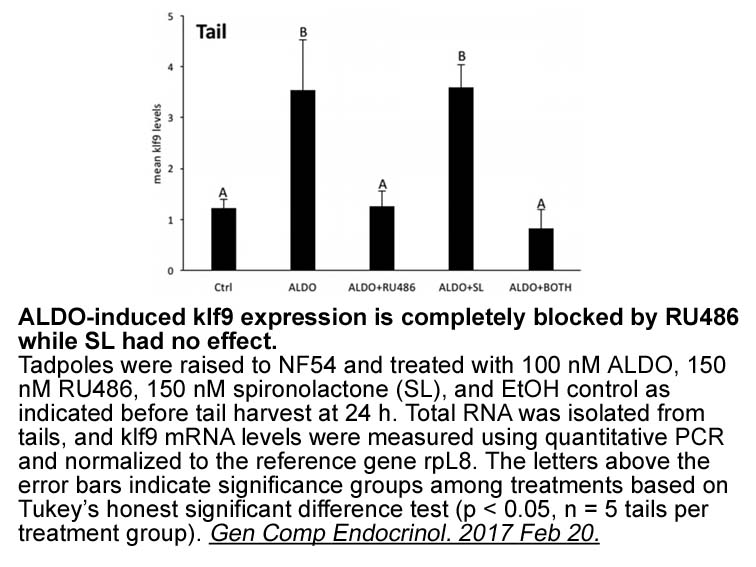
It should be noted that one of the two phenyl groups of 15 is found in the main western pocket and the second phenyl group occupies the western secondary pocket (Ser53, Leu54, and Leu213). The nitrogen of the amide bond is involved in a hydrogen bonding interaction with Asp140. The alcoholic functio
-
Gp induces cell death by apoptotic mechanisms
2021-12-15
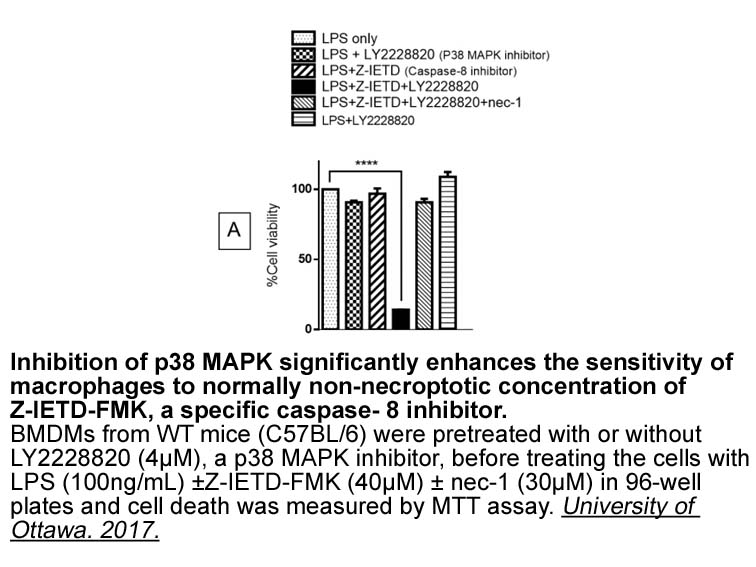
Gp120 induces cell death by apoptotic mechanisms and increases intracellular Ca, and activates messengers related to cell death. Intracellular mechanisms of neuronal damage are mainly a consequence of the activation of the N-methyl-d-aspartate receptor (NMDAR) [2], [5], which induces excitotoxicity
-
9-amino Camptothecin receptor Given that we planned to
2021-12-15
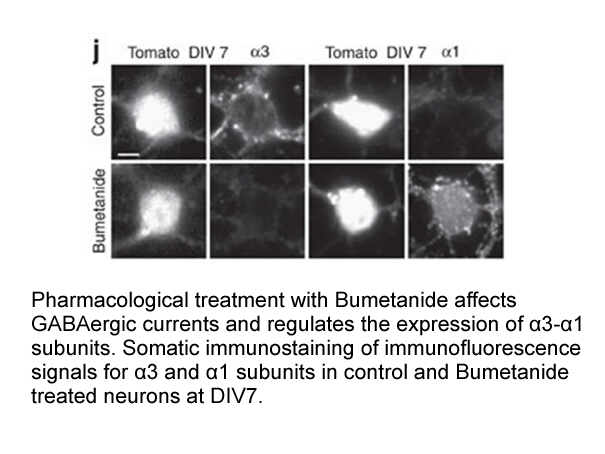
Given that we planned to isolate the GluN1/GluN3A receptor by immunoaffinity chromatography using a Myc epitope tag on GluN3A, we first checked that the tag does not affect the functional properties of the receptor. To do this we co-transfected HEK-293 cells with DNA encoding WT GluN1 and either WT
-
In mammals the primary cilium is considered
2021-12-15
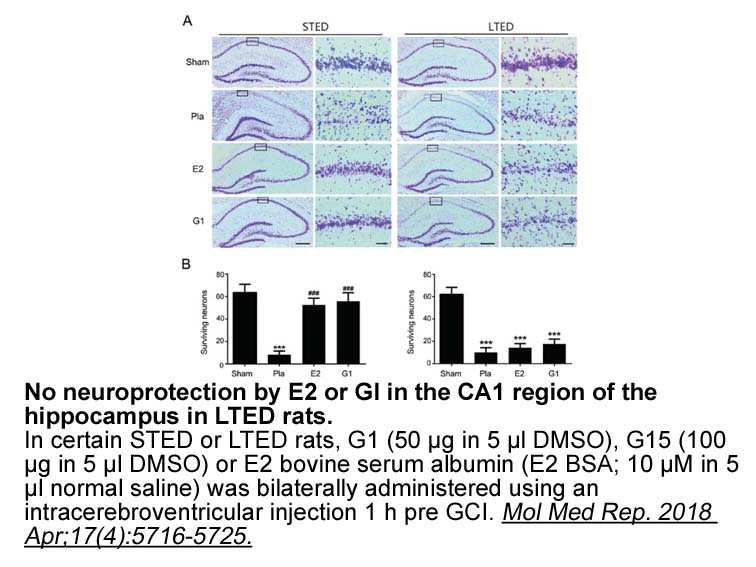
In mammals, the primary cilium is considered a hub for signal transduction. The cilium has previous been associated with transduction of several pathways including Wnt (Corbit et al., 2008, McDermott et al., 2010, Tran et al., 2014), PDGF (Clement et al., 2013, Schneider et al., 2010, Schneider et a
-
There are several basic science studies that aim to
2021-12-14
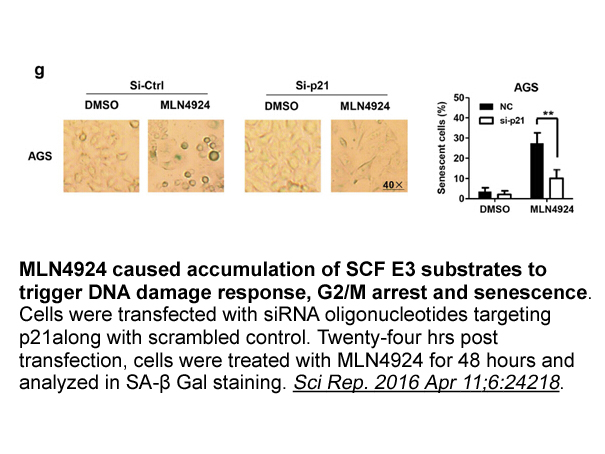
There are several basic science studies that aim to investigate potential mechanisms behind the reduced incidence of MI in factor Xa inhibitor treated patients. Perzborn et al. reported that in-vitro addition of rivaroxaban reduced tissue-factor induced platelet aggregation (Perzborn, Heitmeier, & L
-
Moreover long term treatment of leukemia cells with imatinib
2021-12-14
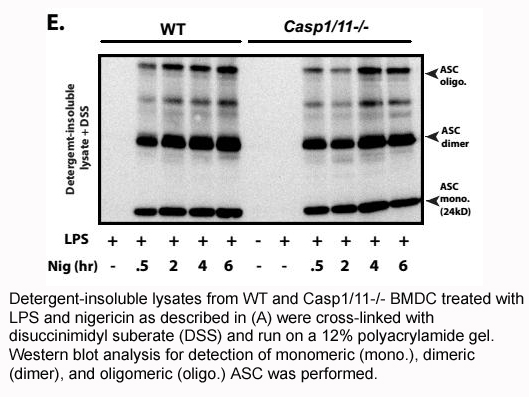
Moreover, long term treatment of leukemia cells with imatinib activates AKT, ERK and STAT5 signaling pathway and induce upregulation of EZH2 protein in patients with CML, Ph + ALL and human eosinophilic leukemia cell line (EOL-1 cells) [142]. So, resistance to tyrosine kinase inhibitor (TKI) imatini
16079 records 521/1072 page Previous Next First page 上5页 521522523524525 下5页 Last page